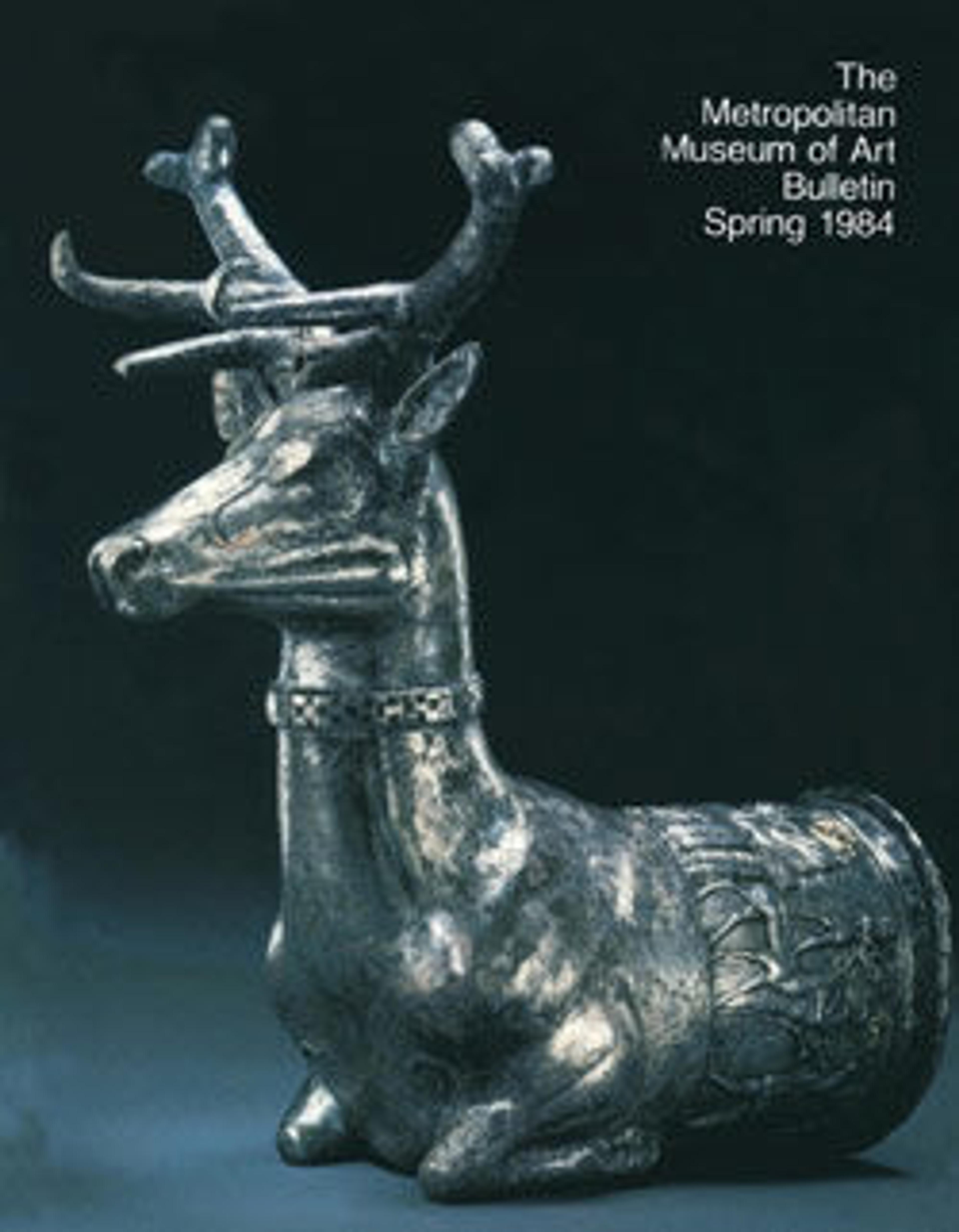Fluted bowl
In the sixth century B.C., under the leadership of Cyrus the Great (r. 538–530 B.C.), the Achaemenid Persian dynasty overthrew Median kings and established an empire that would eventually extend from eastern Europe and Egypt to India. Achaemenid rulers included such famed kings as Cyrus, Darius I (r. 521–486 B.C.), and Xerxes I (r. 485–465 B.C.). They built palaces and ceremonial centers at Pasargadae, Persepolis, Susa, and Babylon. The Achaemenid Dynasty lasted for two centuries and was ended by the sweeping conquests of Alexander the Great, who destroyed Persepolis in 331 B.C. The Achaemenid period is well documented by the descriptions of Greek and Old Testament writers as well as by abundant archaeological remains.
Fluted bowls and plates of the Achaemenid period continue a tradition begun in the Assyrian Empire. While they were given as royal gifts, it seems that they were also valued and exchanged simply for the weight of the precious metals from which they were made.
Fluted bowls and plates of the Achaemenid period continue a tradition begun in the Assyrian Empire. While they were given as royal gifts, it seems that they were also valued and exchanged simply for the weight of the precious metals from which they were made.
Artwork Details
- Title:Fluted bowl
- Period:Achaemenid
- Date:ca. 6th–5th century BCE
- Geography:Iran
- Culture:Achaemenid
- Medium:Gold
- Dimensions:4 3/8 × 7 1/4 × 3 5/8 in. (11.1 × 18.4 × 9.2 cm)
- Credit Line:Harris Brisbane Dick Fund, 1954
- Object Number:54.3.1
- Curatorial Department: Ancient West Asian Art
Audio
7078. Fluted bowl
0:00
0:00
We're sorry, the transcript for this audio track is not available at this time. Please email info@metmuseum.org to request a transcript for this track.
Listen to more about this artwork
More Artwork
Research Resources
The Met provides unparalleled resources for research and welcomes an international community of students and scholars. The Met's Open Access API is where creators and researchers can connect to the The Met collection. Open Access data and public domain images are available for unrestricted commercial and noncommercial use without permission or fee.
To request images under copyright and other restrictions, please use this Image Request form.
Feedback
We continue to research and examine historical and cultural context for objects in The Met collection. If you have comments or questions about this object record, please contact us using the form below. The Museum looks forward to receiving your comments.
